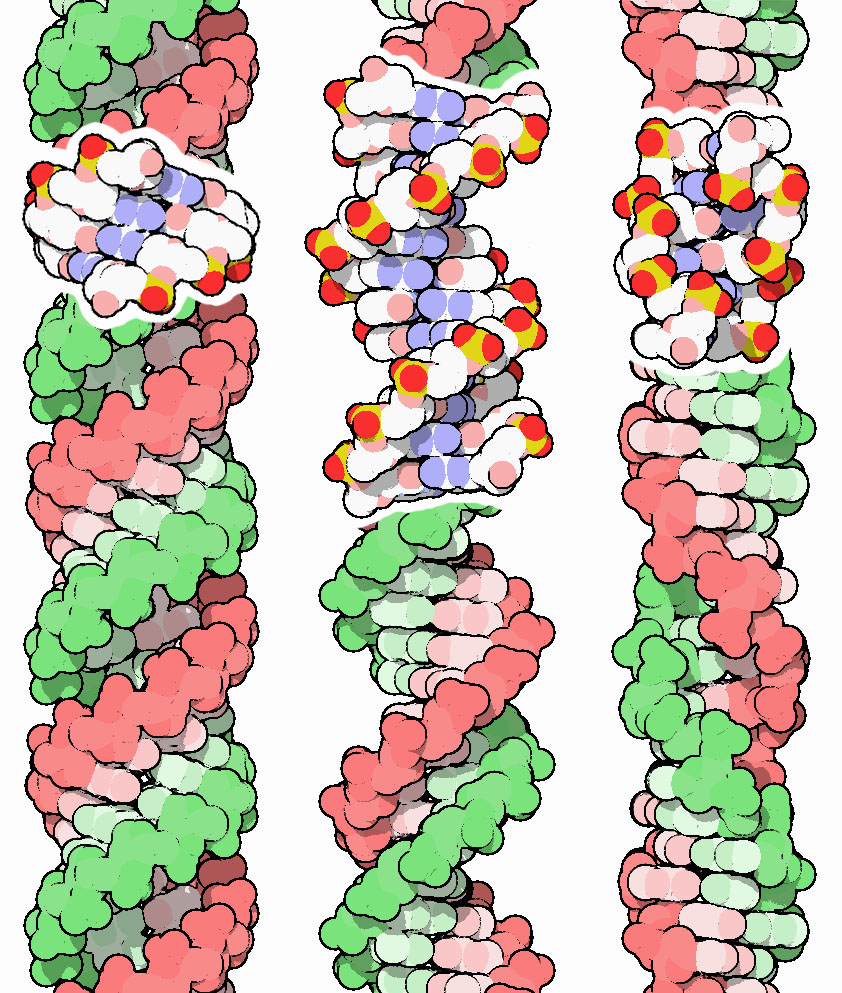Could robots, whose forms can be adapted to achieve almost any real-world task, soon be able to lend a hand in understanding the paleoecology tracing of extinct organisms?
Tag: Natural Selection
Long-term lizard study challenges the rules of evolutionary biology
James Stroud, assistant professor in the School of Biological Sciences at the Georgia Institute of Technology, measured natural selection in four Anolis lizard species in the wild for five consecutive time periods over three years.
FAU Receives NSF Grant to Explore Trait Evolution Across Species
The NSF grant will enable scientists to elucidate trait evolution across species using statistical and supervised machine learning approaches to vigorously and accurately predict general and specific evolutionary mechanisms that also will be applicable to various genomic and transcriptomic data for evolutionary discovery.
Darwin’s short-beak enigma solved
University of Utah biologists discovered that a mutation in the ROR2 gene is linked to beak size reduction in numerous breeds of domestic pigeons. Surprisingly, different mutations in ROR2 also underlie a human disorder called Robinow syndrome. The ROR2 signaling pathway plays an important role in the craniofacial development of all vertebrates.

Genetic Code Evolution and Darwin’s Evolution Theory Should Consider DNA an ‘Energy Code’
Darwin’s theory of evolution should be expanded to include consideration of a DNA stability “energy code” – so-called “molecular Darwinism” – to further account for the long-term survival of species’ characteristics on Earth, according to Rutgers scientists. The iconic genetic code can be viewed as an “energy code” that evolved by following the laws of thermodynamics (flow of energy), causing its evolution to culminate in a nearly singular code for all living species, according to the Rutgers co-authored study in the journal Quarterly Review of Biophysics.

What cold lizards in Miami can tell us about climate change resilience
It was raining iguanas on a sunny morning. Biologist James Stroud’s phone started buzzing early on Jan. 22. A friend who was bicycling to work past the white sands and palm tree edges of Key Biscayne, an island town south of Miami, sent Stroud a picture of a 2-foot-long lizard splayed out on its back. With its feet in the air, the iguana took up most of the sidewalk.
URI anthropology professor challenges evolutionary narratives of big, competitive men and broad, birthing women
Poring over decades of existing research, University of Rhode Island Professor Holly Dunsworth has reevaluated and rewritten the narrow, reigning theories for sex differences in height and pelvic width in a new paper, “Expanding the evolutionary explanations for sex differences in the human skeleton.” The paper, published online by the journal Evolutionary Anthropology, maps out the critical role of estrogen production on bone growth in men and women.
Towards a new generation of vegetation models
A new study explored the most important organizing principles that control vegetation behavior and how they can be used to improve vegetation models.

Lizards develop new ‘love language’
Relocated in small groups to experimental islands, lizards rapidly and repeatedly developed new chemical signals for communicating with each other. Free from the risk of predators and intent to attract potential mates, male lizards produce a novel chemical calling card, according to research from Washington University in St. Louis.